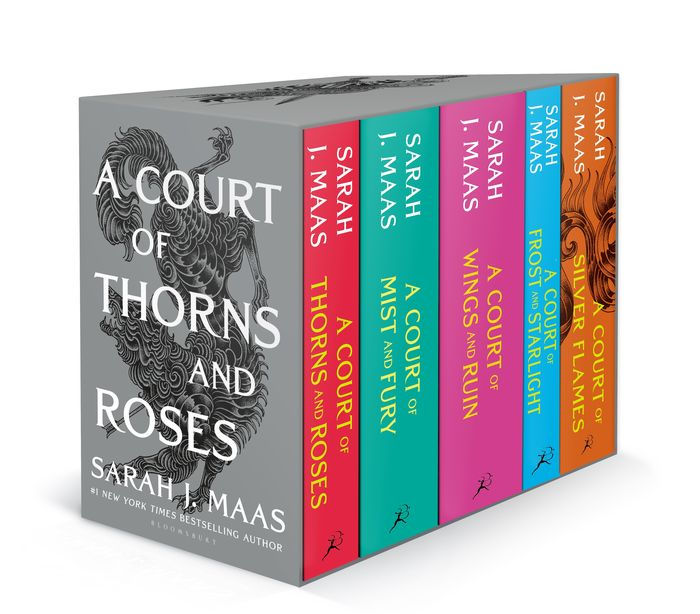A Court of Thorns and Roses was the first book series to get me back into reading in the last few years. I didn’t realize how much I missed immersing myself in fantastical worlds and the peace I felt from the escapism. The series did such an amazing job at keeping me reeled in that I didn’t notice the overdone writing style and questionable literary choices until several months later with more books under my belt. A Court of Thorns and Roses is Sarah J. Maas’ most popular work with millions of ratings on GoodReads and a cult-like following.

A Court of Thorns and Roses follows a huntress, Feyre, as she is forced into the Faerie world after killing a wolf. She battles her captor, the magical land with powerful creatures out to get her, and her heart. But her initial enemies turn into her allies as they battle an even greater foe that could change the makeup of their world forever.
Surprisingly, the POC representation is questionable in a strange way. Not the portrayals of minorities for once, but actually identifying which characters are POC. Many of the characters, especially the main characters, are described as being tanned, but it is unclear if this is due to immense sun exposure or their natural skin color. Amren, another main character, is depicted as having “angular eyes,” speculated by many readers if this is an indication that she’s Asian.
We can only definitively determine a few characters are POC, such as the people of the Summer Court being described as having “rich brown skin.” I can appreciate that there is at least one definitive representation of race in this series, but the fact that I have to deliberately search for it is disheartening.
Maas’ racial ambiguity in her writing is incredibly infuriating, especially given that this ambiguity is mostly for the main characters. The unclear racial descriptions are not reflected in her supporting characters either, making it suspicious of why there is racial ambiguity to begin with. To me, it seems that she kept the races of the main characters unclear so that she can arguably get POC brownie points while maintaining the characters as white, for her own preferences or readers. Either make the character POC or don’t. Straddling the line of ambiguity is unfair to POC readers because racial identity isn’t meant to be arguable or flexible to interpretation.
SJM received a lot of backlash about her racial representation and other questionable writing choices. Her other works have significantly more and better POC representation, but considering that this wasn’t her first successful series, it’s disappointing that she fell short with this one.
A Court of Thorns and Roses: 3 stars
POC Representation: 1 star
October 13, 2022 at 7:05 am
this book series sounds interesting and is very unique I’ve never seen something like it and would maybe like to read it someday thanks for the recommendation.
October 17, 2022 at 4:23 pm
I have not ever read a book with that kind of description of characters, it seems quite odd. I do not really see why one would do that and I agree with you on your analysis. Being unclear can be unfair as the reader does not really know who they can identify with.